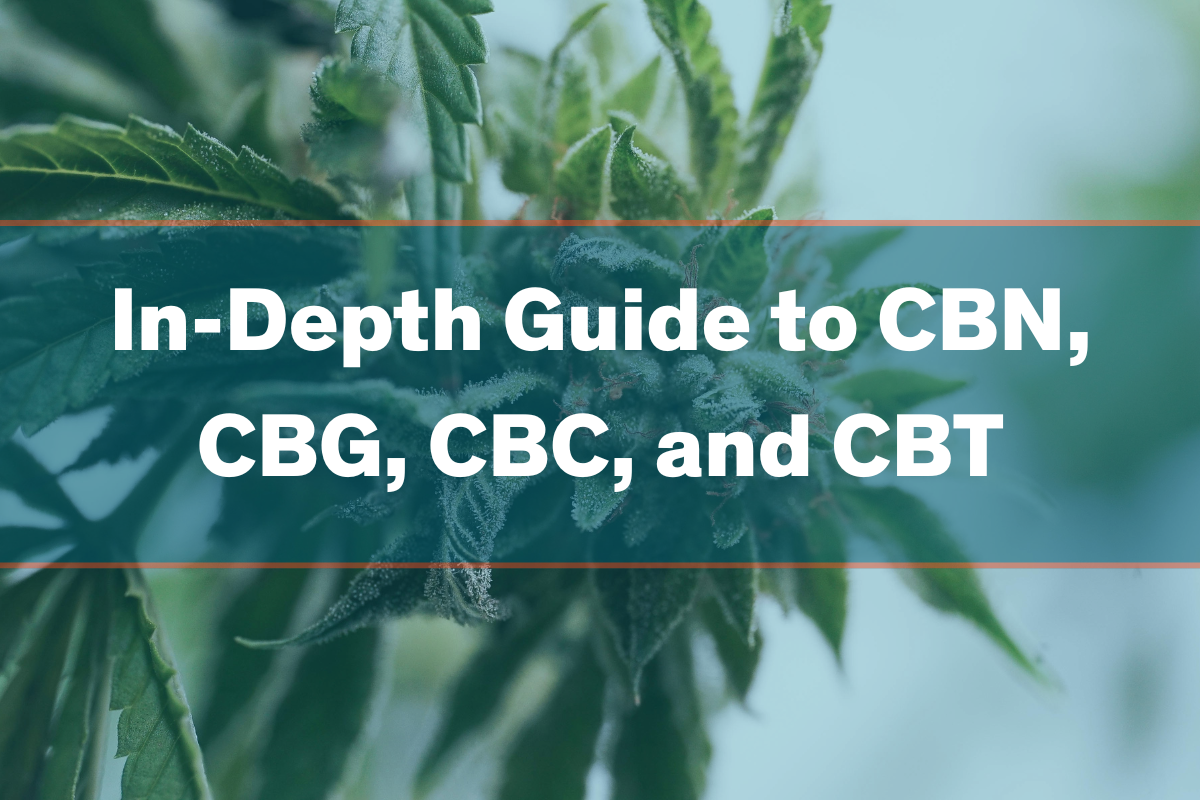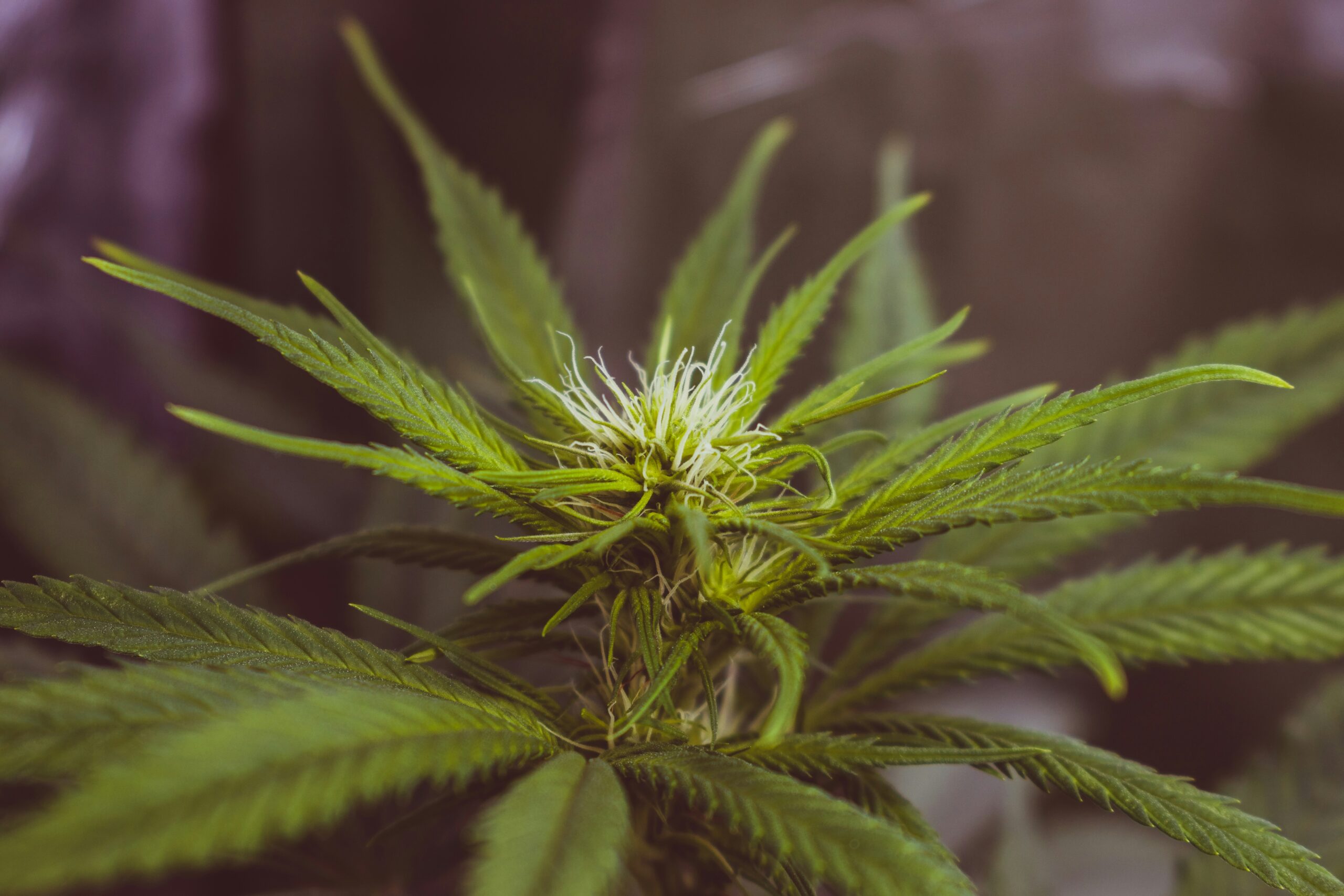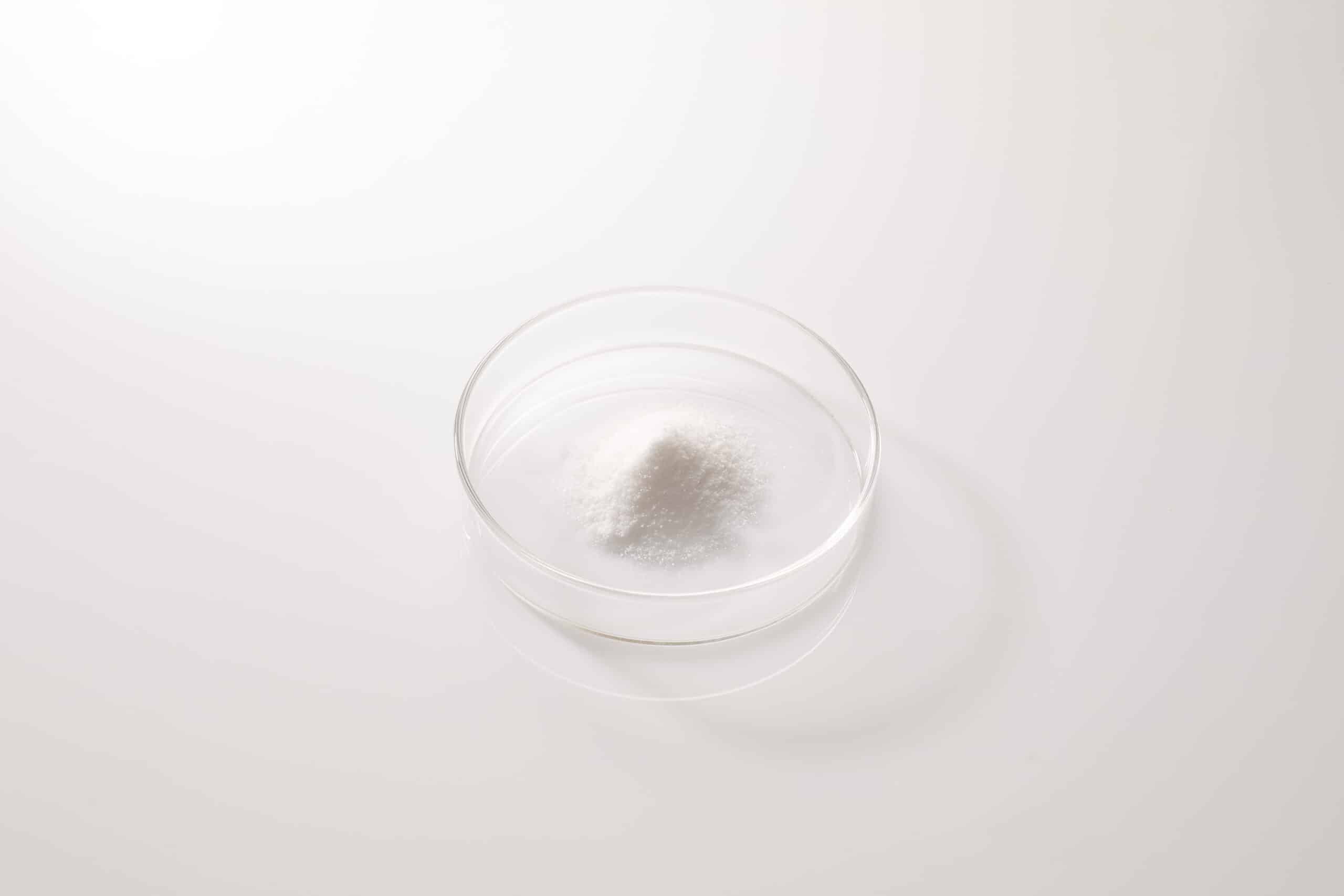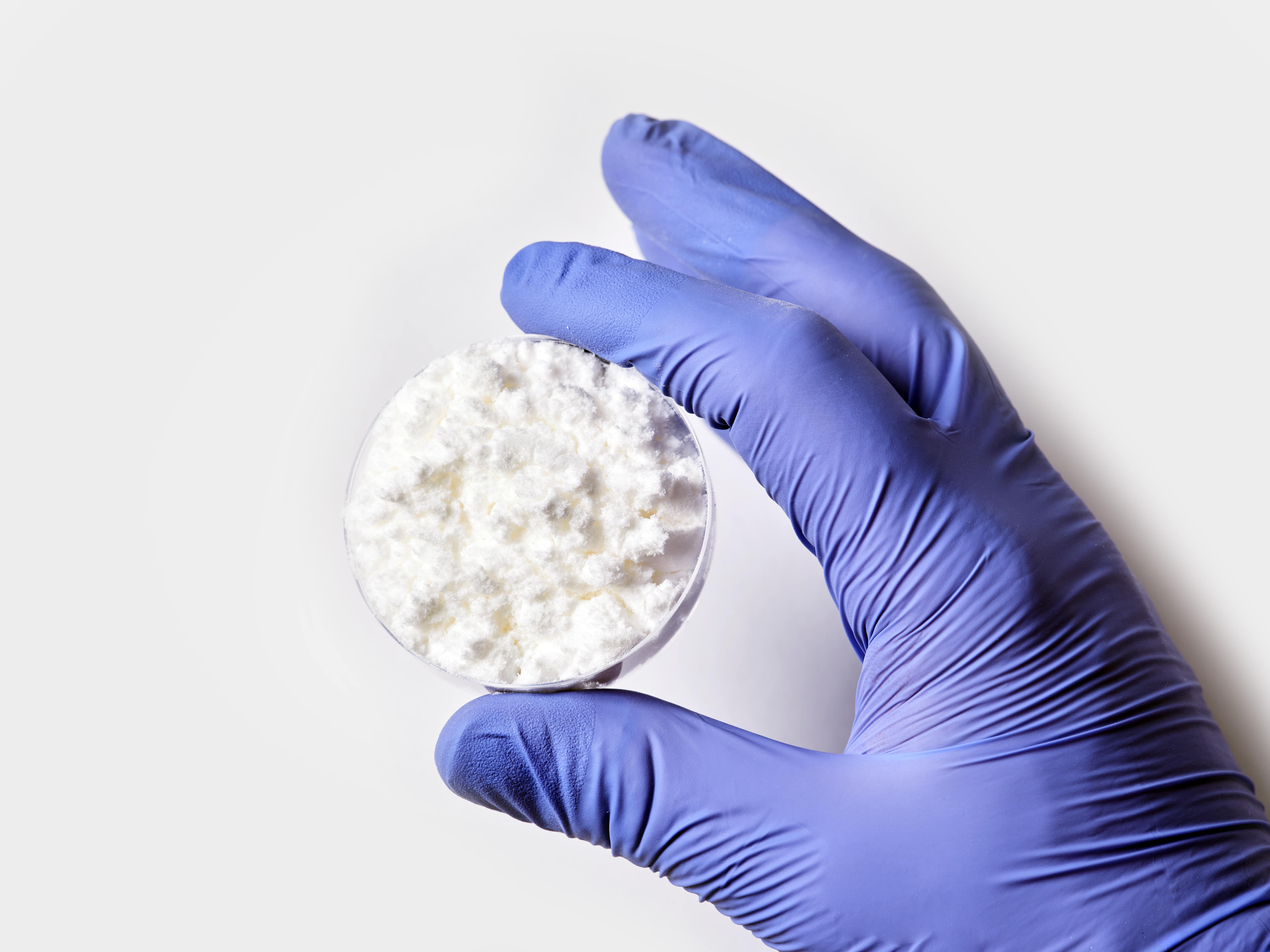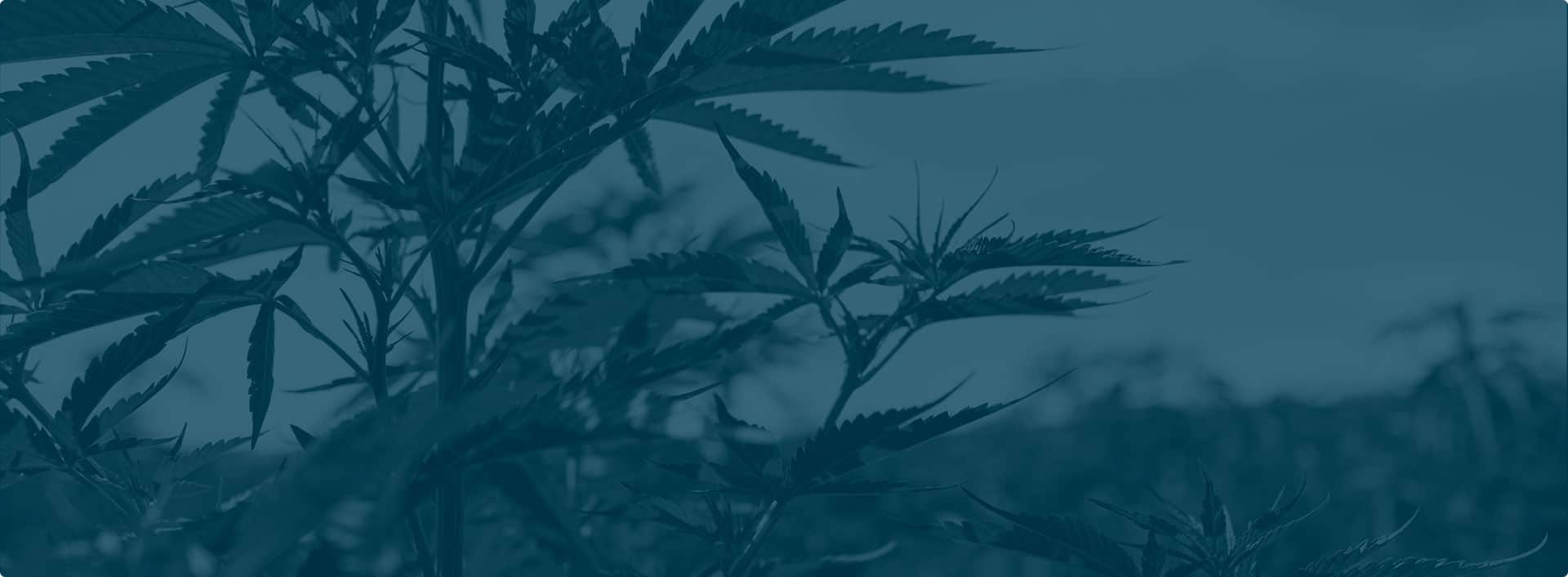Minor cannabinoids like CBG and CBN can no longer be overlooked within the global hemp and cannabis market. Analysts everywhere are beginning to recognize that the hemp cannabinoid industry is about much more than just CBD, and efforts are being made worldwide to welcome a wider spectrum of cannabinoids into the fold.
The story of the cannabinoid industry is currently evolving across multiple continents and incorporates more than a dozen unique compounds. What began with pushback against prohibition has grown into something more: Cannabinoids are being looked at for medicine around the world, and nowhere more so than in the United States.
In this guide, we’ll examine four recent reports that shed light on the breakneck rate at which the global cannabinoid industry is growing and complexifying. Our core focus will be cannabinoid growth trends in the USA and how they’re spreading worldwide.
By the end, you’ll know how the cannabinoid industry is currently faring, how it’s expected to evolve, and what we need to do to help it along. As you’ll see, the days of opportunity offered by cannabinoids are far from over — in fact, the golden era of hemp has hardly yet begun.
Cannabis is growing globally
For our first piece of insight, we turn to prestigious analysis firm Markets and Markets, which recently released a new, compendious report in September 2022 covering the ins and outs of cannabis when viewed from a global scale. Titled “Cannabis Market by Product Type, Compound, Application, And Region – Global Forecast to 2027¹,” this report estimates that cannabis overall was worth $27.7 billion globally in 2022 and is expected to swell to $82.3 billion by 2027.
If you’d told a savvy investor in 2007 that legal cannabis would be worth nearly $100 billion in two decades, you would have been scoffed at. Yet today, the most trusted voices in the field are convinced cannabinoids have a shot at mainstream success sooner than anyone imagined.
US cannabis sales to reach $42 billion by 2026
While numbers like “$82.3 billion” are impressive, they don’t tell us a lot about how the US market fits into this picture. Some intrepid US-based cannabinoid businesses have already started expanding their footprints globally, but most domestic cannabinoid brands keep their business within national borders.
To narrow our focus to the United States, we turn to BDSA, which commonly provides critical analytic information regarding the growing cannabinoid industry. In a report entitled “BDSA Reports Global Cannabis Sales Will Grow 10% in 2022; Forecasts $57 Billion Market by 2026²,” BDSA predicts that the US cannabis industry will be worth $42 billion by 2026, composing more than 75% of total global cannabis sales.
Projected $60bn industry by 2030
For more detail on the projected growth of the US cannabinoid industry, we’ll next examine a report produced by Grandview Research in 2021. Titled “U.S. Cannabinoids Market Size, Share & Trends Analysis Report By Product, And Segment Forecasts, 2022 – 2030,³” the report begins by assessing that the overall US cannabinoid industry was worth $14.6 billion in 2021, a figure that roughly coincides BDSA’s estimated $25 billion in US cannabis sales during the same year.
The further we look out, the more BDSA and Grandview concur. Where BDSA forecasts the US cannabis industry at $42 billion in 2027, Grandview predicts that the industry will be worth $60.4 billion three years later in 2030.
Combining the data provided by the two analysis firms, US cannabis can be expected to grow by nearly $6 billion per year between 2027 and 2030. The time to prepare for this coming era of opportunity is now.
CBD is the most popular cannabinoid
It’s clear from this analysis that the US is the main driver of cannabis sales globally. What percentage of these cannabis sales, however, are driven by non-THC cannabinoids?
According to Grandview, CBD surpassed THC as the most popular cannabinoid in the United States in 2021, amassing an estimated 27.2% of market share. THC was estimated to make up less than a quarter of cannabis sales by comparison with additional cannabinoids representing 10% or less of the US cannabinoids market.
CBG, CBN, CBC, CBGA, & others making inroads
Even though their current market share may be small, the growth displayed by minor cannabinoids, especially CBN and CBG, should not be overlooked. These are no longer fringe chemicals hanging onto the coattails of THC and CBD. They’re legitimate contributors to the domestic cannabinoid economy, and they’ll only take up greater shares of the market as time goes by.
Trends in US cannabinoid growth
However they may look at it, America’s best market analysis firms all agree that the US cannabinoid market is set for explosive growth over the next few years. One of the factors driving this growth that is not discussed nearly enough is the mounting importance of the role minor cannabinoids play in the global cannabinoid economy.
As a quick example, the carboxylic acid precursor to CBG, CBGA, has been identified as the “stem cell” or origin point of most popular cannabinoids. As a result, CBG-rich hemp has come into considerable demand as a source material for synthesized cannabinoids.
It’s hard to say which rare variant of hemp might become popular next as the market continues to produce new and unprecedented challenges and opportunities. The point is that Cannabis sativa is far more than just CBD and THC, a point that cannabis industry stakeholders are starting to notice.
Another recent BDSA report, for instance, details how CBN and especially CBG are currently exploding into the domestic cannabinoid market, driving growth numbers that make you look twice to ensure you read the figure right. Anyone skeptical about the long-term viability of the cannabinoid industry as CBD’s growth has cooled would do well to carefully analyze the following data:
CBD is stabilizing
In its report, titled “CBN and CBG Sales See Rapid Growth as CBD Sales Slow in Cannabis Markets⁴,” BDSA finds that CBD has, indeed, shown modest growth reductions in certain mature markets. Given the massive popularity CBD has already achieved along with its continued breakneck growth in newer domestic markets, these findings shouldn’t be any cause for concern.
Launching a new line of CBD products can be a viable option in today’s market, and it has the potential to be successful. However, including a range of CBG and CBN products in the offering can further enhance the potential success, by providing a wider range of options to appeal to different customers.
CBN is accelerating
CBN is showing impressive gains in many cannabis-aware markets, most notably in Colorado in which sales of the minor cannabinoid increased by 145% year-over-year in 2022. Oregon (22%), Nevada (30%), and California (29%) also posted decent gains.
Clearly, CBN is catching on in areas where other cannabinoids have been available for a while. Seeking to branch out and amplify specific benefits offered by cannabinoids, shoppers are increasingly searching for CBN by name.
CBG is skyrocketing
The gains showed by CBN are nothing compared to what the cannabinoid industry has witnessed in the CBG sector over the last year. Three states (Colorado: 1251%, Oregon: 1185%, Nevada: 1105%) showed more than 10-times increases in CBG sales in 2022. California’s CBG market grew more than six times over (655%), heralding another watershed moment in the history of minor cannabinoids.
Additional cannabinoids are also gaining
As we’ve seen from Grandview Research’s 2021 report, CBN and CBG are hardly the only cannabinoids emerging into the domestic hemp market. Also popular enough to pop up on Grandview’s radar are CBC and CBGA, which are trending for different reasons.
We discussed earlier how CBGA is playing a greater role in cannabinoid research and production. Cannabichromene (CBC), for its part, is likely to soon join CBN and CBG as yet another CBD-complimentary cannabinoid that offers distinct benefits.
Key drivers of cannabinoid growth
What’s causing these unprecedented levels of growth across multiple cannabinoids in both US and international markets? Grandview summarizes it simply by opining that “[k]ey factors driving the U.S. cannabinoids market growth include increasing awareness about the therapeutic benefits of cannabinoids, the growing legalization of cannabis and its derivatives in various countries.” Let’s unpack these points in more detail.
Increased awareness of cannabinoid benefits
It’s a fact that awareness of cannabinoids and their benefits has gone up a notch over the last year or two. A social media space once dominated by brands desperate to leave any impression at all has now been rightfully commandeered by shoppers and skeptics alike asking questions and receiving thoughtful, measured responses from peer experts.
In this online environment that fosters free exchange of ideas, awareness of the unique benefits of distinct cannabinoids has spread like wildfire. Those who were already familiar with cannabinoids no longer see CBD as the be-all, end-all, and cannabinoid newbies are entering a product environment already differentiated into CBD, CBG, and CBN offerings.
Growing legalization and acceptance of cannabinoids
Alongside this hive-mind acceptance of cannabinoids now displayed in online social spaces comes a growing wave of cannabis legalization efforts around the globe. The US states that still outlaw cannabis are now in the distinct minority, and the factors holding back the continued growth of the domestic cannabinoid economy are primarily bureaucratic rather than existential.d
US policy sets the tone worldwide, leading the entire globe to adopt America’s ironically hypocritical stance toward cannabinoids. Everyone uses them and loves them, but some of them are still technically illegal. In this environment, cannabinoids inherently free of intoxicating stigma (CBD, CBG, CBN, CBC, etc.) can flourish even better than those still overshadowed by a history of prohibition.
Ingredient combinations and product differentiation
If the domestic hemp cannabinoid economy were still limited to CBD, the types of growth numbers we witnessed in 2022 would not have been possible. Unless they happened to get very lucky with a jackpot idea, it was only by adding CBG and CBN into their product lines that brands showed 1000%+ gains over the last year.
Anyone still unconvinced of the absolute necessity of effective product differentiation should stand corrected by the performance of the domestic cannabinoid market in 2022. Conventional products treaded water while highly differentiated products containing CBG or CBN shot leaps and bounds ahead.
The cannabinoid industry is complexifying but still growing rapidly
CBD isn’t going anywhere. It’s the backbone of the non-intoxicating camp of the international cannabis industry, and it provides a level of familiarity and comfort that shoppers still don’t have with CBG and CBN.
At the same time, it would be wise for brands that still haven’t adventured outside the CBD nest to test the air. The most impressive year-over-year gains, after all, are no longer happening in the context of CBD. They’re happening in the context of CBG and CBN, add-ons that are simply expanding CBD in a new dimension now that it has limited space to expand directly.
Over the remaining part of the decade, the United States will continue to make up the majority of the global cannabis market, and the US cannabis market will continue to be dominated by CBD. Alongside CBD, you’ll see CBN and CBG rise up, and soon after them, CBC, CBDA, and CBGA as well.
While it may be new territory for cannabinoid brands, this is hardly the last time the global cannabis industry will mature or complexify. Each time a door is closed, a window will open — the window for the next few years, at least, appears to take the shape of CBG and CBN.
Sources:
- 1. Cannabis Market. (n.d.). MarketsandMarkets. https://www.marketsandmarkets.com/Market-Reports/cannabis-market-201768301.html
- 2. Reports Global Cannabis Sales Will Grow 10% in 2022; Forecasts $57 Billion Market by 2026. (2022, November 9). BDSA. https://bdsa.com/press-release/bdsa-reports-global-cannabis-sales-will-grow-10-in-2022-forecasts-57-billion-market-by-2026/
- 3. Rice, A. (2022, June 7). CBN Sales & CBG Sales See Rapid Growth as CBD Sales Slow. BDSA. https://bdsa.com/cbn-and-cbg-sales-see-rapid-growth/
- 4. U.S. Cannabinoids Market Size & Share Report, 2022-2030. (n.d.). https://www.grandviewresearch.com/industry-analysis/us-cannabinoids-market


